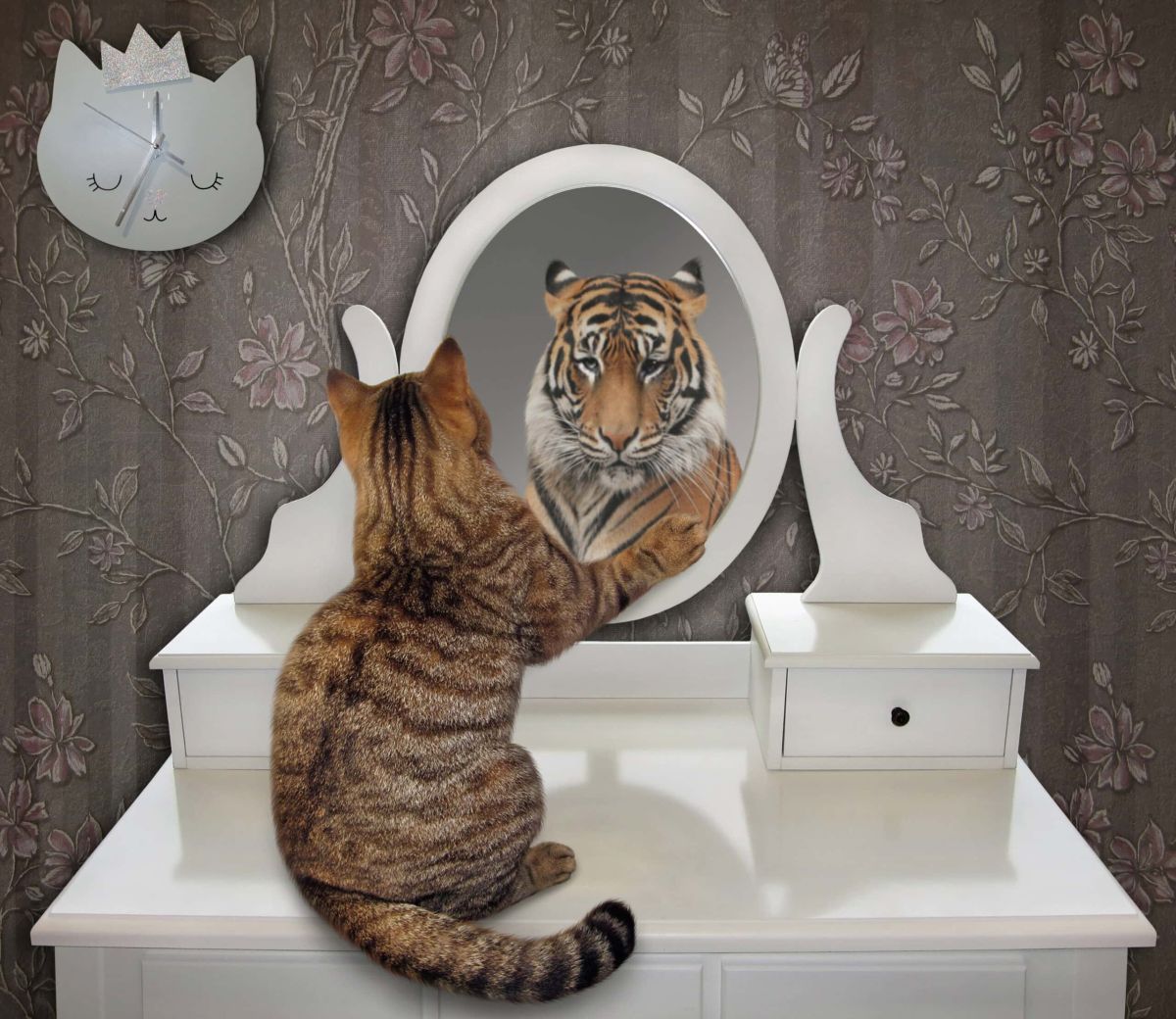Adorable Kitties or Apex Predators? Separating Fact from Feline Fantasy

We’ve all seen the videos: a cuddly lion cub nuzzling a human, a tiger playfully batting at a ball of yarn, a leopard seemingly purring like a fluffy housecat. These images, often going viral, paint a picture of big cats as oversized, misunderstood felines, more akin to gentle giants than deadly predators. But is that the whole story? Are these majestic creatures just scaled-up versions of our beloved housecats, or are they truly dangerous to humans?
The short answer, and the one that errs on the side of caution, is: yes, big cats are undeniably dangerous. While the internet may be awash with heartwarming (and often misleading) animal encounters, the reality is that these animals possess immense power, sharp claws, and teeth designed for tearing flesh. They are apex predators, finely tuned by evolution to hunt and kill for survival.
The Raw Power of a Big Cat:
Let’s break down why these creatures are not to be trifled with:
- Strength and Size: Even smaller big cats like leopards can weigh over 100 pounds and possess incredible strength. Larger species, such as lions and tigers, can easily reach 500-600 pounds, capable of taking down prey several times their size. Their muscular builds and powerful limbs provide the force necessary for hunting and overpowering their targets.
- Arsenal of Sharp Weapons: Forget retractable claws that only come out for scratching the sofa. Big cat claws are enormous, razor-sharp, and designed to grip and tear. Their teeth are equally fearsome, capable of delivering bone-crushing bites. One bite from a tiger can exert literally tons of pressure.
- Instincts and the Hunt: While some big cats may be habituated to humans in captivity, their inherent instincts remain. They are wired to hunt, and under certain circumstances, especially when feeling threatened, hungry, or protecting their young, they can and will attack.
- Unpredictability: Even seemingly docile big cats can be unpredictable. Their behavior is often driven by instinct and can change in an instant. A sudden noise, movement, or perceived threat can trigger a defensive or predatory response.
The Reality of Human-Big Cat Encounters:
While attacks on humans are relatively rare compared to other animal-related incidents, they do happen and can be devastating. Encounters often occur in areas where human settlements encroach on big cat habitats, leading to increased competition for resources.
- Defensive Attacks: A mother protecting her cubs, a sick or injured animal feeling vulnerable, or a cat startled by a human’s presence can all trigger a defensive attack. These are often characterized by warning growls and displays of aggression, but if the perceived threat doesn’t retreat, a physical attack can follow.
- Predatory Attacks: While less common, predatory attacks do occur, especially in areas where big cats have lost their natural prey due to habitat loss or human activity. In these situations, humans can become a target of opportunity.
Responsible Interaction and Conservation:
While the idea of a giant cuddly kitty is appealing, it’s crucial to remember that big cats are wild animals that require respect and distance. Here are some important takeaways:
- Respect their Space: Always maintain a safe distance from big cats in the wild.
- Support Conservation Efforts: Habitat loss is a major threat to big cat populations. Supporting conservation initiatives helps protect their natural habitats and reduces the chances of human-wildlife conflict.
- Educate Yourself: Learn about the behavior and characteristics of big cats in your area.
- Never Encourage Interaction: Avoid feeding or approaching big cats, as this can habituate them to humans and lead to dangerous encounters.
- Avoid Unethical Tourism: Be wary of wildlife sanctuaries that allow direct contact with big cats. These facilities often exploit animals and can pose a risk to both humans and the animals involved.
In conclusion, while the internet may offer a romanticized view of big cats as giant cuddly companions, the reality is that they are powerful and potentially dangerous apex predators. Appreciating them from a safe distance, supporting conservation efforts, and understanding their inherent power and instincts are key to ensuring both human safety and the long-term survival of these magnificent creatures.



